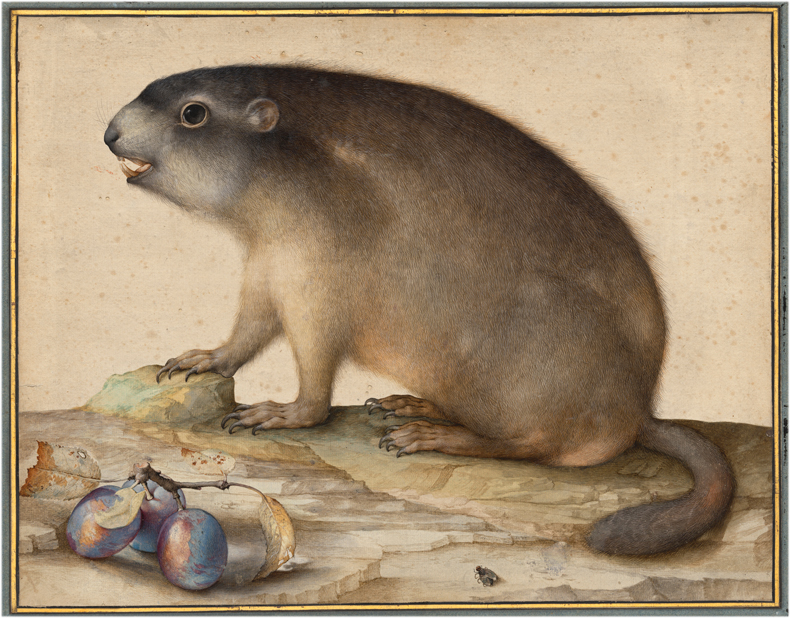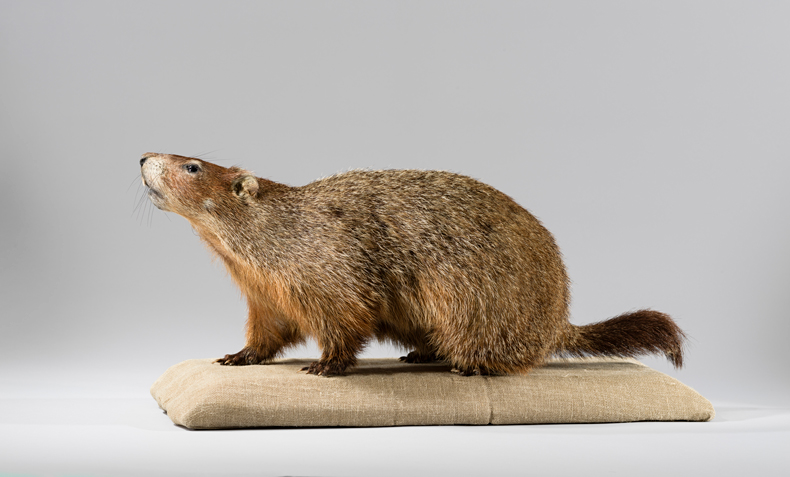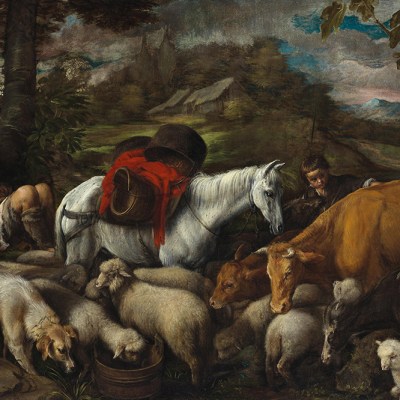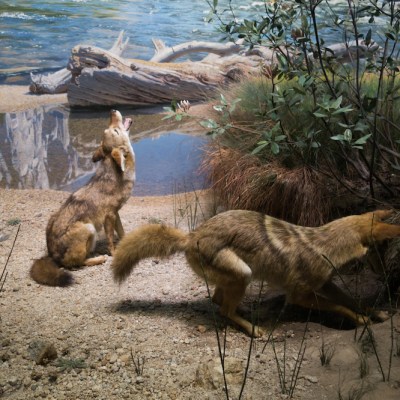The discipline of natural history as we understand it – the study, description and classification of plants and animals – emerged during the Renaissance. Alongside the painters turning their careful observations of the human body into dramatic compositions, some artists, especially in northern Europe, were building illustrious careers by capturing the variety of the animal kingdom. This exhibition brings together some 75 depictions of creatures great and small, such as Jan van Kessel’s hyper-realistic renderings of butterflies and bugs as well as prints of larger creatures by Albrecht Dürer and Wenceslaus Hollar (until 2 November). The showstopper is Joris Hoefnagel’s Four Elements, a rarely displayed compendium of 270 watercolours, but equally remarkable are some 60 objects from the collection of the Smithsonian National Museum of Natural History – a reminder that remind that both artists and scientists have long been close observers of the natural world. The exhibition also includes a new 40-minute film by the artist Dario Robleto about the relationship between art and science.
Find out more from the NGA’s website.
Preview below | View Apollo’s Art Diary






